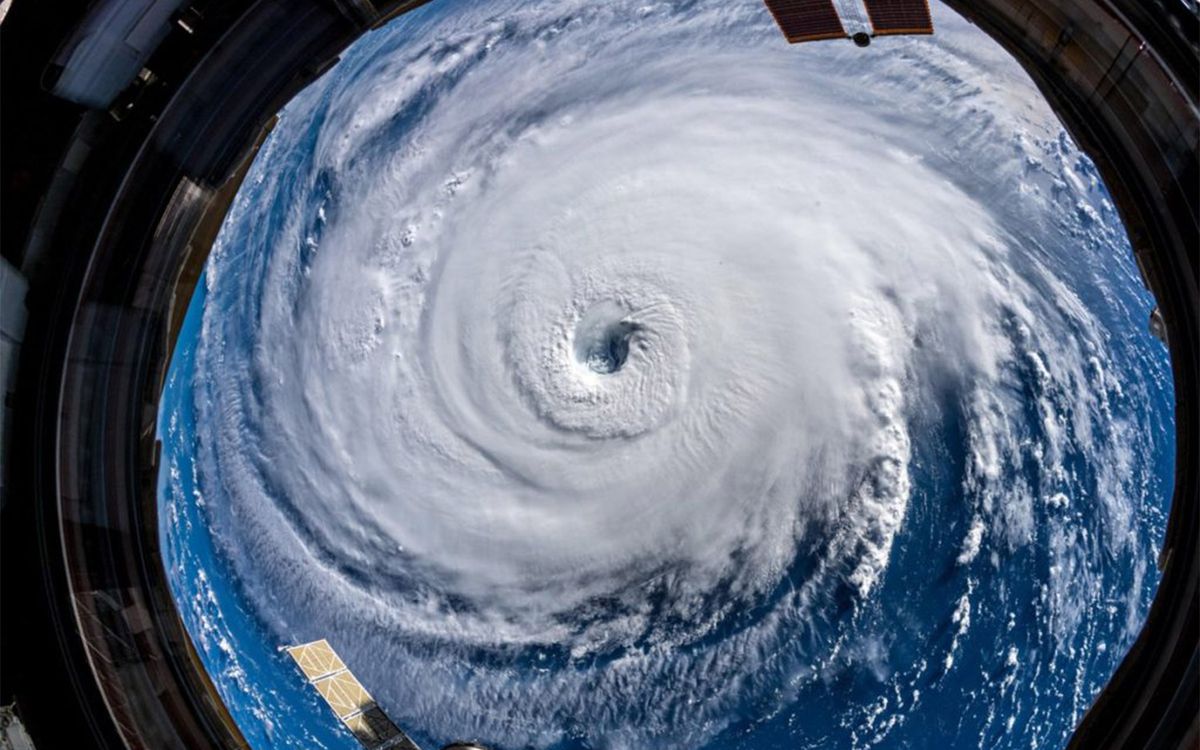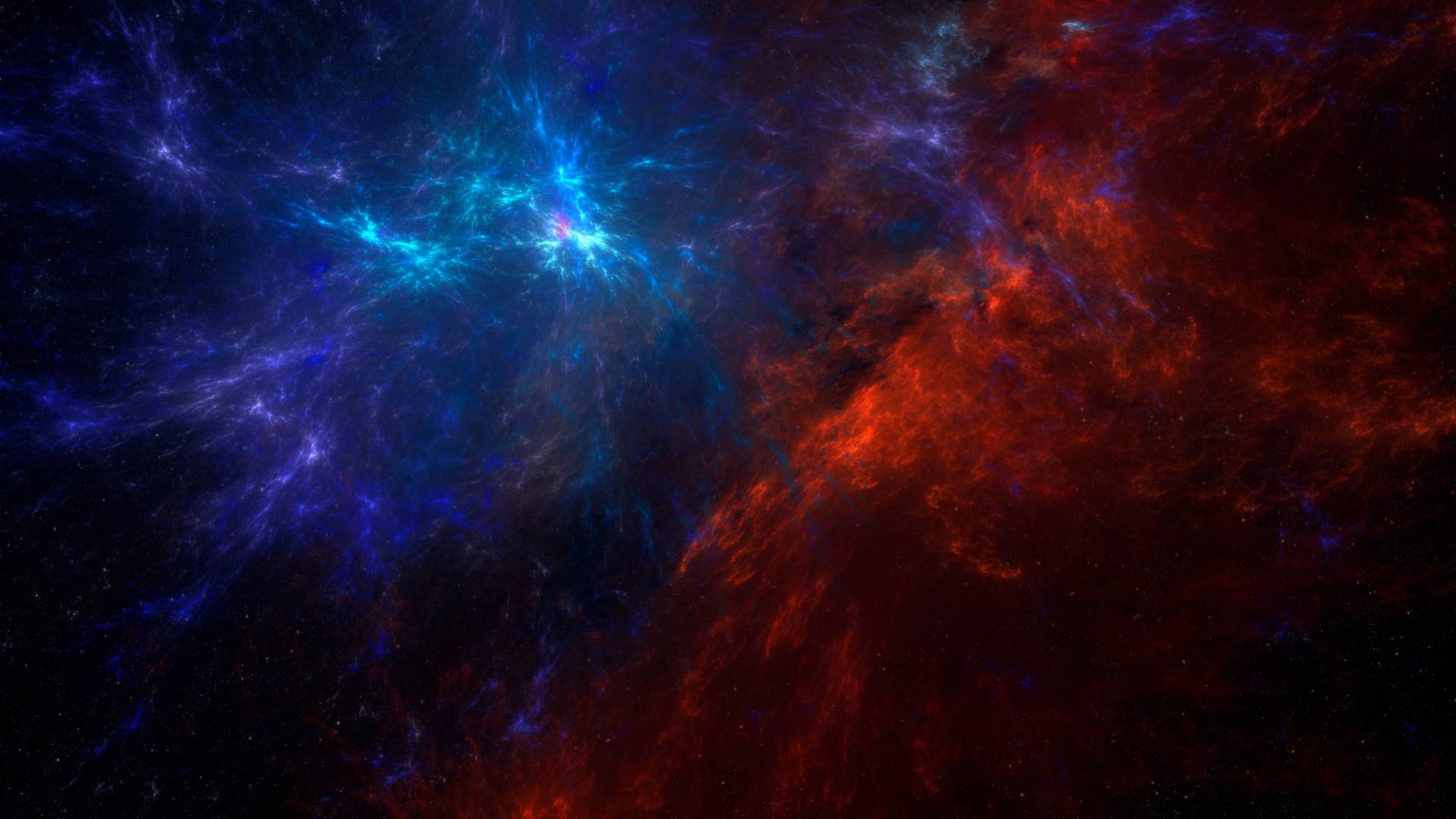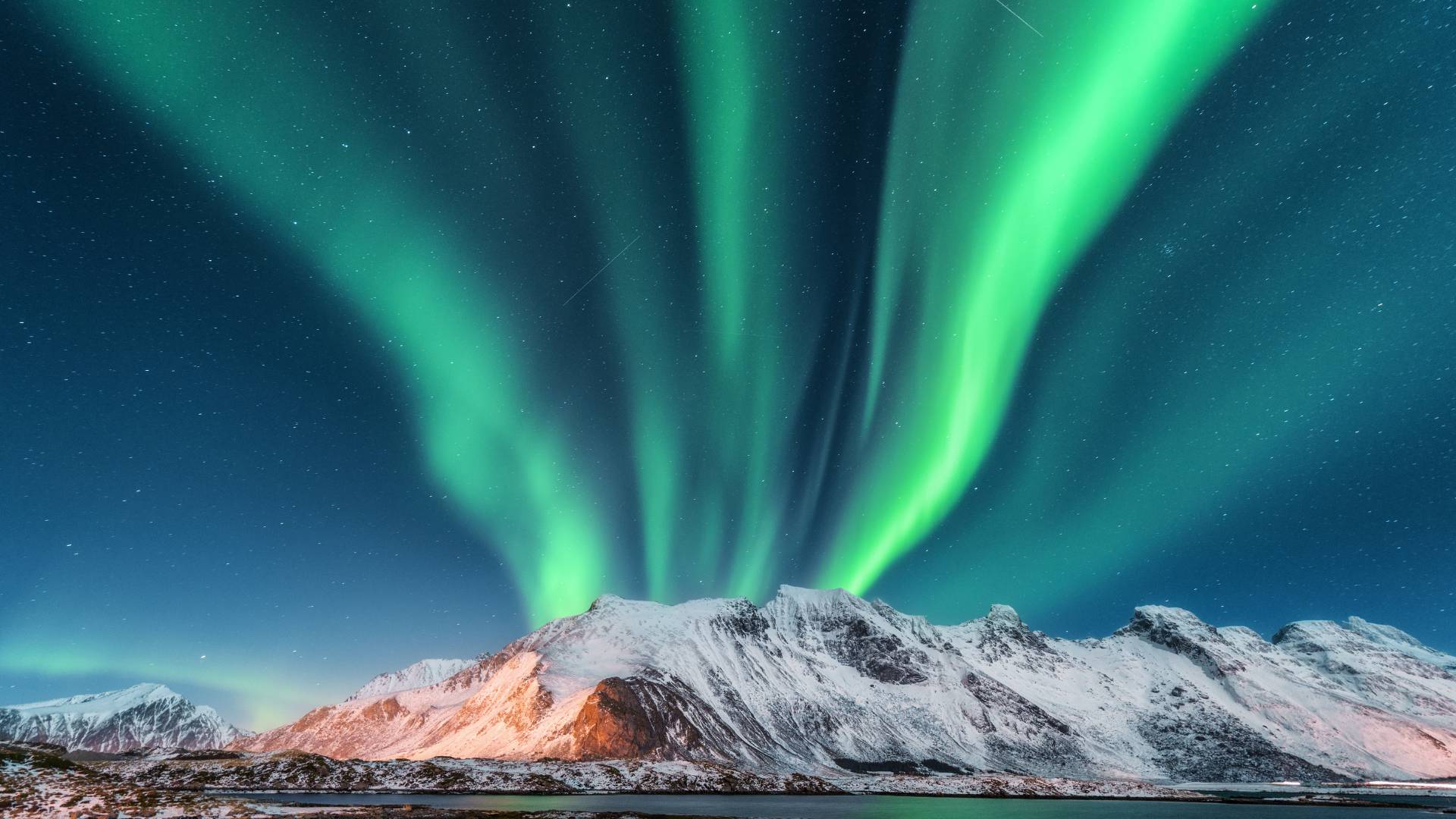We all know what hurricanes look like here on Earth—massive, spiraling storms that sweep across oceans and coastlines with devastating winds and rain. But what if we told you that Space hurricanes also exist in space?
Yes, space hurricanes are real. And no, they don’t blow your house down—but they do unleash spiraling torrents of charged plasma high above Earth’s atmosphere, right over the poles. At Spaceyv, we love to explore these hidden cosmic phenomena that make you say: “Wait, that’s a thing?!”
Let’s take a closer look at what space hurricanes are, how they were discovered, and what they might mean for Earth and beyond.

What Exactly Is a Space Hurricane?
A space hurricane is a swirling mass of plasma and magnetic fields that rotates above the Earth’s atmosphere, typically in the ionosphere, around 100–500 miles above the surface.
Instead of rain and thunder, a space hurricane rains electrons. And instead of forming over warm ocean waters, it forms due to interactions between the solar wind and Earth’s magnetic field.
It’s a phenomenon that was confirmed only recently—but could help scientists better understand space weather and its effects on satellites, communications, and even astronauts.
When Was the First Space Hurricane Discovered?
Although scientists had long suspected such phenomena, the first confirmed space hurricane was discovered in 2014—but it wasn’t recognized until 2021, when researchers from Shandong University in China and the University of Reading in the UK analyzed satellite data.
The event occurred over the North Pole and lasted for about 8 hours, featuring:
-
A 1,000-km-wide swirling plasma cloud
-
Multiple spiral arms—like a typical hurricane
-
A calm “eye” at the center
-
Precipitation of high-energy electrons into the ionosphere
-
Rotation in a counterclockwise direction (like hurricanes in the Northern Hemisphere)
In short, it looked and acted like a traditional hurricane—just in space, and made of charged particles instead of water vapor.
How Do Space Hurricanes Form?
Unlike Earth’s hurricanes, which form over warm ocean waters, space hurricanes form when the solar wind—a stream of charged particles from the Sun—interacts with Earth’s magnetosphere under specific conditions.
Key ingredients for space hurricane formation:
-
Low solar and geomagnetic activity (interestingly, space hurricanes can form even when the Sun is “quiet”)
-
Open magnetic field lines over the polar regions
-
Reconnection of magnetic fields between Earth and the solar wind
When these forces align, they can twist plasma into cyclone-shaped flows in the ionosphere, rotating and raining electrons into Earth’s upper atmosphere.
Why Do Space Hurricanes Matter?
Space hurricanes might not destroy cities, but they do have important implications for our technology and daily lives.
⚠️ 1. Disruptions to GPS and Communications
Space hurricanes can disturb the ionosphere, where radio signals bounce and satellite communication happens. This can cause:
-
GPS inaccuracies
-
Signal loss in satellite communications
-
Problems with airline and naval navigation systems

⚡ 2. Effects on Power Grids
Although space hurricanes occur high above the surface, they’re part of space weather, which includes solar storms that can induce currents in power grids and damage transformers.
Understanding how space hurricanes interact with geomagnetic storms can help improve forecasting and infrastructure protection.
🚀 3. Risks for Astronauts and Space Missions
Energetic particles from space hurricanes can increase radiation exposure for astronauts aboard the ISS or spacecraft in orbit, posing health risks and interfering with onboard electronics.
Can Space Hurricanes Occur on Other Planets?
Absolutely. In fact, space hurricanes may be common across the solar system. Any planet with a magnetic field and atmosphere could potentially host them.
Example: Jupiter and Saturn
-
These gas giants have stronger magnetic fields than Earth.
-
Observations from spacecraft like Juno and Cassini suggest that plasma vortices, similar to space hurricanes, swirl above their poles.
-
These storms may be far larger and more intense than those on Earth.
Mars? Not Quite
Mars has a weak magnetic field, so full-scale space hurricanes are unlikely—but localized plasma events still occur due to solar wind interactions.
What Makes This Discovery So Groundbreaking?
The discovery of space hurricanes isn’t just a scientific curiosity—it challenges previous assumptions about how the magnetosphere behaves during calm solar periods.
Before this, space weather phenomena were mostly associated with strong solar storms, like coronal mass ejections (CMEs). But the 2014 space hurricane occurred during quiet geomagnetic conditions—suggesting that significant space weather activity can happen even when the Sun appears calm.
This forces scientists to rethink space weather models and consider the constant dynamics of the magnetosphere.
Could We See More Space Hurricanes in the Future?
Yes—and with better satellite monitoring, we likely will. Researchers believe space hurricanes could be:
-
Regular features of Earth’s upper atmosphere
-
More frequent during certain seasons or solar cycles
-
Occurring on both poles, not just the North
As space weather forecasting tools improve, we may discover that space hurricanes are a common but overlooked phenomenon in Earth’s space environment.
What Does This Mean for Us on Earth?
For most people, space hurricanes are harmless and invisible. You won’t see swirling electron clouds overhead or feel them with your body.
However, as our lives become more connected to satellites, and space tourism and exploration expand, understanding events like these becomes increasingly important.
Imagine a future where your flight path, your emergency calls, or even your trip to the Moon could be affected by a storm you can’t see—unless you’re looking up through a telescope with the right filters.
At Spaceyv, we believe that learning about space isn’t just for scientists—it’s for everyone. Because what happens “up there” can directly impact life “down here.”
Conclusion: The Sky Isn’t the Limit
So, are space hurricanes real? Absolutely.
They may not roar like a tropical storm or appear on your weather app, but they are a fascinating reminder that Earth’s environment doesn’t end at the atmosphere. From the depths of the ocean to the edge of space, our planet is connected to the cosmos in surprising ways.
As we keep exploring the upper atmosphere and beyond, there’s no doubt more such cosmic surprises are waiting. Whether you’re a science geek, a space dreamer, or just a curious human being, keep asking questions—and keep looking up.
For more mind-blowing cosmic facts and news, follow us at Spaceyv.com—where science meets imagination.



